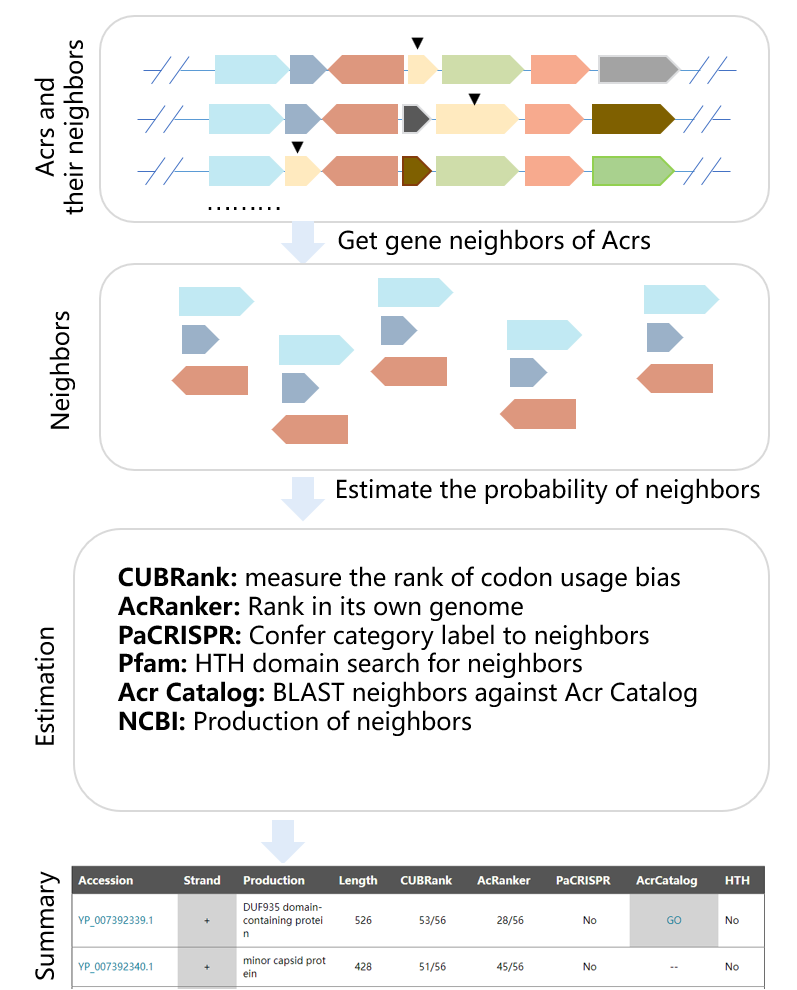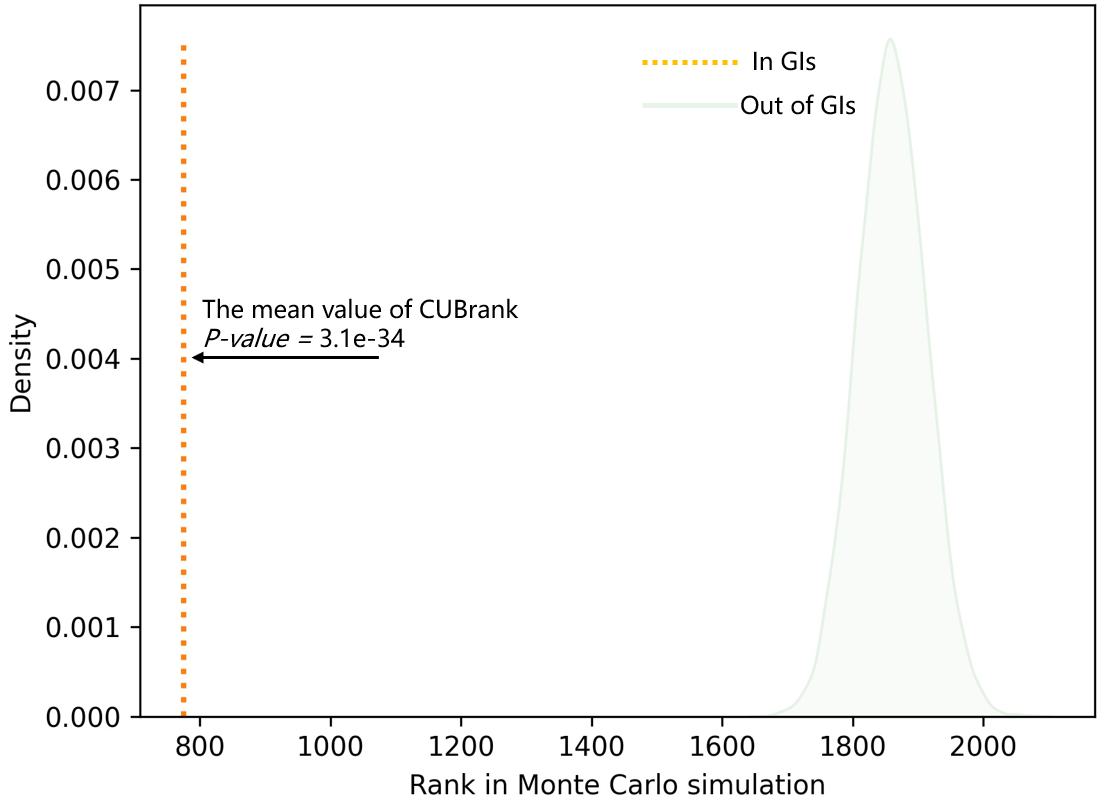Basic usage
Browse page
The browse page of the database preferentially displays family, function, source species, verification status, comments, and related references for each record. Upon clicking any anti-CRISPR ID, detailed information about each anti-CRISPR protein is displayed in another window. On this page, users can obtain more detailed information. What is more, some specially designed interfaces can help users screen anti-CRISPRs on the browse page.
Search page
On the search page, users can search for anti-CRISPR proteins of interest using the family, anti-CRISPR ID, accession, species, PDB structure, or reference. This search function can serve as an API (Application Programming Interface).
The following items can be used to search by family: AcrIB,AcrIC:AcrIC1,AcrIC3-10,AcrID1,AcrIE:AcrIE1-9,AcrIF:AcrIF1-24,AcrIIA:AcrIIA1-14,AcrIIA16-22,AcrIIA24-32,AcrIIC:AcrIIC1-5,AcrIII1,AcrIIIB1,AcrVA:AcrVA1-5,AcrVIA:AcrVIA1-7,AcrVIB.
Users can also search by anti-CRISPR ID,e.g., anti_CRISPR0001 .
Alternatively, users can search by reference using one of the following PubMed IDs PMID: 23242138, PMID: 24736222, PMID: 27573108, PMID: 27984730, PMID: 28041849, PMID: 28065598, et al..
The BLAST program was integrated into the anti-CRISPR database, which can help researchers to discover potential anti-CRISPR proteins based on input proteins of interest via alignment with proteins in the database. Because pairwise alignment can be helpful for validating the BLAST results in some cases, search results can also be displayed in a pairwise alignment format. BLAST results that have higher bit-scores will be preferentially displayed.
Estimation for Acr neighbours
Estimation procedures
The following figure illustrates our workflow to estimate Acrs neighbors. Generally speaking, ID was firstly map to species genome, then extracted neighbors located up/down-stream of a target gene. After that we proposed CUBRank to quantify the possible that a gene in GIs together combined with three published ab initio prediction tool to perform the estimation.

What's CUBRank
Previous studies have demonstrated that Acr genes tend to locate in prophage, ICE and plasmid. Therefore, the codon usage of Acrs and their host genes should have bias. To measure this, we proposed CUBRank (codon usage bias rank), a parameter to metric codon usage bias for a gene in its host genome. Results showed that there are significant different in all the 10000-time simulations of the total 11 species

Estimation results
1. Accession number of neighbor genes. Detailed information will be obtained when clicking the accession number;
2. Grey background is marked, which highlights that the neighbors are located in the same strand with an Acr. For example, the neighbor genes showing here have the same strand wirh Acr YP_007392342.1;
3. The Acr protein is marked with grey;
4. The estimation results are marked grey if one of the three method predicted the neighbor protein as Acr

Feedback
If you have any comments, or queries about
the Anti-CRISPRdb database, please contact us at
< chuand@whu.edu.cn >
or contact the corresponding author—Professor Feng-Biao Guo:
< fbguoy@whu.edu.cn >
Web: http://guolab.whu.edu.cn/
